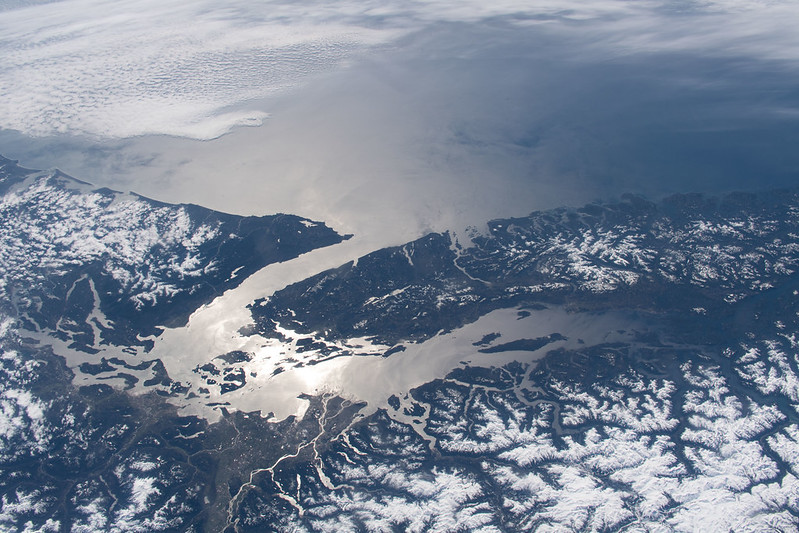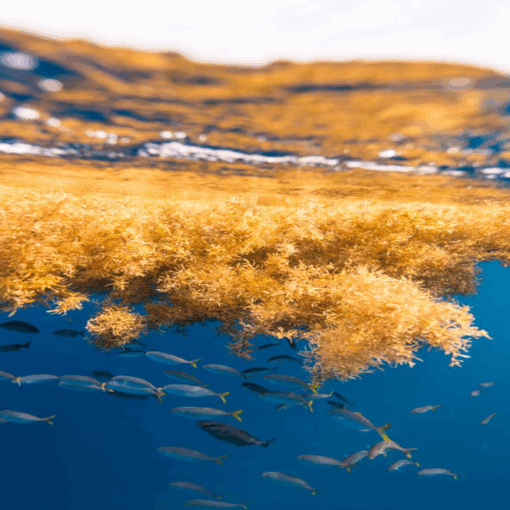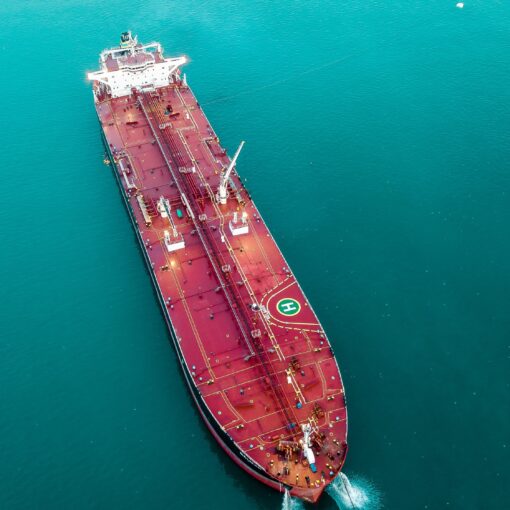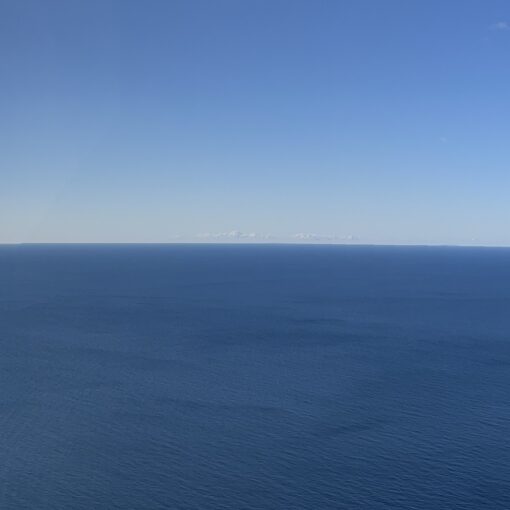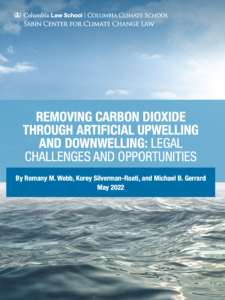 In a report published last month, the Intergovernmental Panel on Climate Change (IPCC) warned that, to keep global average temperatures within 1.5oC above pre-industrial levels, greenhouse gas emissions must reach net zero by mid-century. According to the IPCC, to achieve net zero emissions, carbon dioxide removal (CDR) will be needed to “counter-balance hard to abate residual emissions” from sectors like agriculture, shipping, and aviation. Scientist have proposed a range of CDR techniques, all of which aim to take carbon dioxide out of the atmosphere, and store or utilize it in some way. This could occur on land or in the ocean.
In a report published last month, the Intergovernmental Panel on Climate Change (IPCC) warned that, to keep global average temperatures within 1.5oC above pre-industrial levels, greenhouse gas emissions must reach net zero by mid-century. According to the IPCC, to achieve net zero emissions, carbon dioxide removal (CDR) will be needed to “counter-balance hard to abate residual emissions” from sectors like agriculture, shipping, and aviation. Scientist have proposed a range of CDR techniques, all of which aim to take carbon dioxide out of the atmosphere, and store or utilize it in some way. This could occur on land or in the ocean.
Today, the Sabin Center released the third in a series of papers, exploring legal issues associated with ocean-based CDR. Today’s paper focuses on artificial upwelling (AU) and artificial downwelling (AD), which aim to enhance the cycling of water between the deep ocean and the surface, and thereby increase uptake of carbon dioxide by the ocean. Previous papers have discussed seaweed cultivation and ocean alkalinity enhancement for CDR.
A recent report by the National Academies of Sciences, Engineering, and Medicine (NASEM) concluded that the “ocean holds great potential for uptake and longer-term sequestration of” carbon dioxide. The report noted that, as a result of natural processes, “the ocean already removes a substantial fraction of the excess atmospheric [carbon dioxide] resulting from human emissions.” For example, through natural upwelling (i.e., the upward movement of water in the ocean), nutrients are moved from the deep ocean to the surface, where they stimulate the growth of phytoplankton, which convert carbon dioxide into organic carbon through photosynthesis. A portion of the organic carbon ends up sequestered in phytoplankton organisms that die and sink to the seabed.
In some areas of the ocean, natural upwelling either does not occur or does not quickly enough to maximizing phytoplankton growth, and associated carbon sequestration. AU aims to enhance the natural process by using vertical pipes and pumps to bring more nutrient-rich deep ocean water to the surface. However, it is possible that upwelled water will also bring dissolved carbon dioxide from the deep ocean to the surface, where it may re-enter the atmosphere, counteracting the intended effect. Combining AU with AD—i.e., the purposeful downward movement of water—could reduce this risk. It might also have other benefits, for example, helping to counteract eutrophication and hypoxia. Further research is, however, needed to fully assess these benefits and evaluate potential risks.
The NASEM report identified a number of barriers to AU / AD research and deployment. Among other things, the NASEM Report noted that there is “significant uncertainty” regarding the legal framework governing AU / AD research and deployment, both internationally and domestically in the U.S. The Sabin Center’s latest paper aims to fill that gap in knowledge, providing the first comprehensive analysis of existing international and domestic (US) law would apply to AU / AD projects. Subsequent work will examine relevant domestic laws in select other coastal countries.
As explained in the paper, the legal framework applicable to AU / AD projects will depend on precisely where and how they are conducted. Generally speaking, under international law, the U.S. and other coastal countries have primary jurisdiction over areas within 200 nautical miles of their coastlines. U.S. states and the federal government share authority over the 200 nautical mile zone. Ocean waters located more than 200 nautical miles from the coast of any country form part of the “high seas” which are open to use by all countries in accordance with international law.
AU / AD projects could be subject to various international environmental agreements, including the United Nations Convention on the Law of the Sea, Convention on Biological Diversity, and London Convention and Protocol. These agreements establish general requirements for ocean-based activities, but do not include provisions specific to AU / AD, resulting in some uncertainty as to how the practice will be treated.
There is also uncertainty regarding the treatment of AU / AD under domestic (US) law. AU / AD projects that involve use of the seabed (e.g., to moor pipes) may require leases and/or other approvals from various local, state, and federal government bodies. For example, if an AU / AD system is moored into the seabed of the federal outer continental shelf (i.e., typically extending 3 to 200 nautical miles from shore), approvals may be required from the Army Corps of Engineers, Department of the Interior, and U.S. Coast Guard. The need for multiple approvals could create challenges for project developers and add time, cost, and uncertainty.
Read the full paper here.
Related work: The Sabin Center is preparing a series of white papers examining legal issues associated with carbon dioxide removal and storage. Previous papers have discussed the legal framework for carbon removal via ocean alkalinity enhancement, seaweed cultivation, enhanced weathering, as well as carbon storage in the sub-seabed off the east and west coasts of the United State and the west coast of Canada. For more information about this and other related work, visit our website here.
This is test biographical description.

